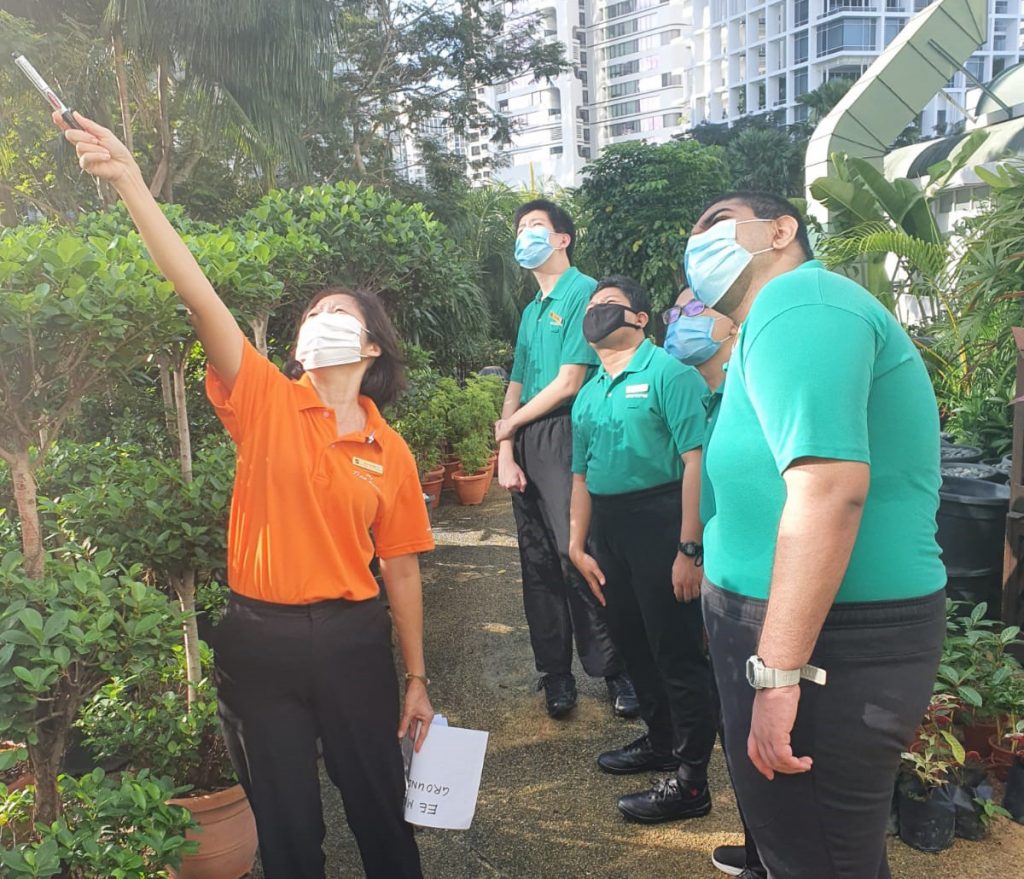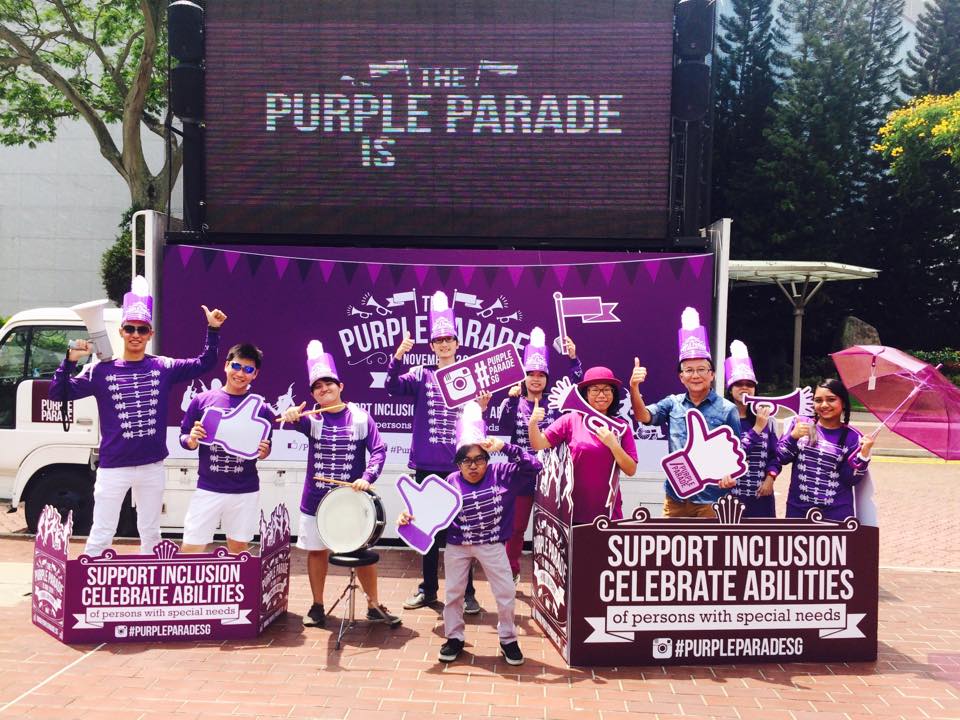One of the key factors in managing a successful company is attracting and retaining talent. This is because employees are the backbone of any company, providing the skills and expertise needed to propel an organisation forward. However, there is an untapped pool of talent that employers often overlook: persons with disabilities (PWDs).

Barriers to employment
Due to preconceived notions, many employers have developed negative attitudes towards PWDs such as viewing them as less productive and requiring assistance. Thus, many PWDs are unable to secure employment. According to the Ministry of Manpower, just 28.6 percent of resident PWDs aged 15 to 64 are employed.
Even among PWDs who found employment, they are often faced with unfair treatment due to their disabilities, ranging from workplace and employer discrimination to below-market wages. Moreover, many workplaces are often ill-equipped for accessibility and are inflexible in providing alternative work arrangements that can cater to their needs as well as those of their caregivers.
Moreover, there is still confusion and widely varying interpretations surrounding the concept of inclusion. For example, employers may think that hiring of PWDs is a form of engaging in corporate giving efforts. But many a time, they come to realise that inclusion is not a matter of just hiring PWDs. Rather, employers should assess job fit when hiring PWDs based on their skills, and enable them to perform and fulfil the job requirements. Due to the lack of such foresight from employers, the ability to sustain a job inevitably becomes one of the greatest challenges for PWDs.
“In 2016, 62% of PWDs surveyed report that they do not feel included, accepted, or given opportunities to contribute or reach their potential by society.”
Source: Issues Faced By People with Disabilities in Singapore, NVPC
Disability is a matter of perception
PWDs each have unique gifts—a skill, a talent, a trait—that they can give to the world. Leveraging this talent pool can not only allow employers to evoke positive change in their organisations, but also inspire others in the industry to do so. At the same time, this provides PWDs a stable income and financial independence, giving them a sense of identity, purpose, and social connectedness.
Furthermore, business benefits can be reaped. When adopting and championing inclusive hiring practices, aside from a company’s brand image being enhanced, such practices can meaningfully increase employee satisfaction.

What your company can do to equalise opportunities for PWDs
Employers should first conduct a holistic assessment—looking at a PWD’s skills, work experiences, specific transport and access needs, occupational aspirations, and ability to communicate—and understand how to best maximise their potential across different job settings.

Shangri-La Singapore exemplifies this. As part of SG Enable’s School-to-Work Transition Programme, the hotel recently welcomed four interns with disabilities into its workforce which already comprises 25 staff with disabilities. For the interns to assimilate well, the company assigned a supervisor to each of them to identify their unique strengths and abilities. Thereafter, work processes were redesigned and communications were customised to enable the interns to perform well in a safe and supported environment.
Besides fostering better understanding of PWDs, there needs to be a shift in perception and mindset towards disabilities in the organisation. Under a new employment initiative with SPD, Certis employed two PWDs last August in hopes of encouraging positive mindsets towards disabilities and promoting more diverse hiring.
But this is just the beginning. Mr Tan Toi Chia, who is Senior Vice-President and Head of Group Human Resources, Corporate Planning, Communications and Marketing at Certis, mentioned that the security firm aims to hire more PWDs for permanent positions. Instead of setting a target for number of hires, Certis places priority on taking a more customised approach for each PWD in their workforce and ensuring that they can thrive—something we can all learn from.

Integrating PWDs into the workforce can also be achieved with reasonable job accommodations, as seen from Cushman & Wakefield Services. The commercial real estate services firm currently employs six PWDs and has been successful in creating an empathetic workplace culture—through the implementation of the necessary ‘hardware’ such as employment policies, jobs, and infrastructure, paired with cultivation of the right ‘heartware’ among their employees. More importantly, they have demonstrated that the line manager makes a difference in improving the hiring process, and being the source of support for employees.

With your ample support and adjustments for their job needs, PWDs can bring about many benefits to your workforce—just like how you can impact their lives for the better. For a purposeful company, what really matters is not just the lives you touch through your initiatives, but how you journey with the PWDs by supporting them in the right ways.
Let us bring inclusion to the workplace together at www.thecompanyofgood.sg.




















